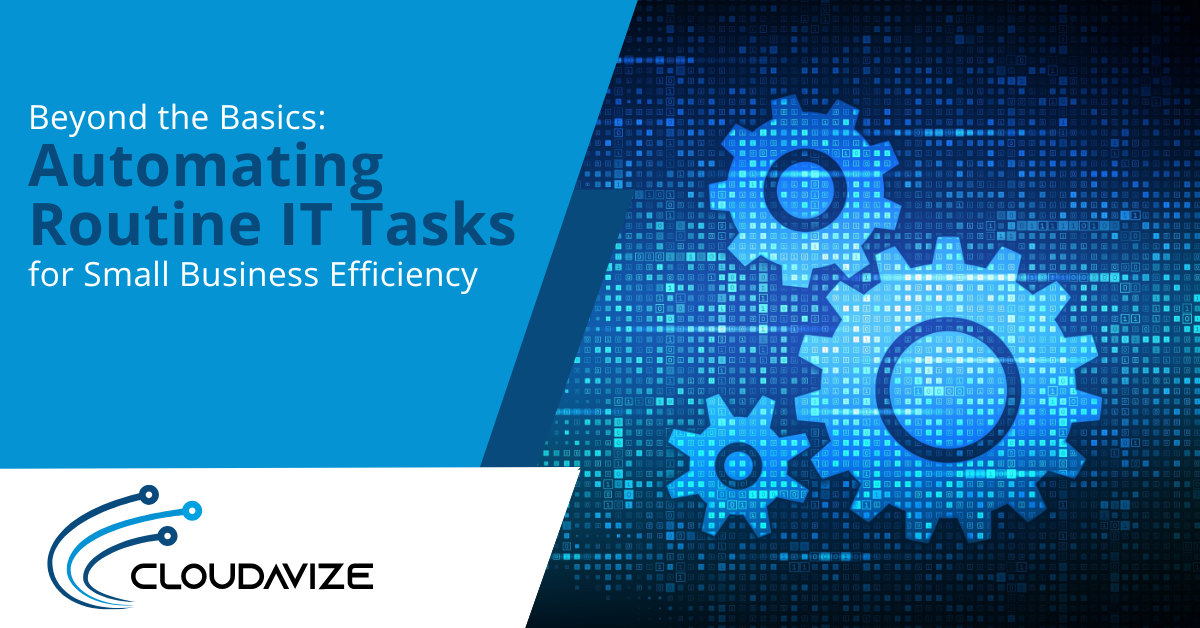When it comes to business best practices, there are certain platforms that lay the groundwork to help companies take advantage of concepts and methods that have proven effective across multiple industries.
One of these is ITIL (formerly an acronym for Information Technology Infrastructure Library) and it’s the most widely accepted global approach to IT service management. It’s designed to help organizations make full use of their technology infrastructure and cloud services for growth and transformation.
ITIL Processes offer organizations multiple advantages, including:
- Offers a baseline for compliance
- Ensures that IT is meeting business needs
- Helps businesses adhere to best practices for IT and IT security
- Reduces costs by helping companies improve resource utilization
- Better management of business risk and service disruption
- Improved service delivery and customer satisfaction
- Better alignment between IT and the business mission
Companies lose 20-30% in revenue each year due to inefficiencies.
With technology being such a big part of a company’s operations, finding ways to reduce inefficiency and improve alignment with company goals can have a significant positive impact.
Read on for an overview of ITIL and how adopting this framework can benefit your business in a wide variety of ways.
Table of Contents
Overview of ITIL
ITIL encompasses multiple areas of your IT operations and it includes five main components:
- ITIL service value chain
- ITIL practices
- ITIL guiding principals
- Governance
- Continual improvement
The framework is designed to map out everything from managing and better understanding your IT assets to ensuring the right software and hardware is available to users when they need it.
Some of the main concepts that you’ll find in ITIL are:
- Planning, protection, and optimization (PPO)
- Operational support and analysis (OSA)
- Service strategy (SS)
- Service transition (ST)
- Continual service improvement (CSI)
Next, we’ll go over 4 key areas where adopting ITIL can be a business advantage.
How ITIL Benefits Your Business
While ITIL includes multiple areas, we are going to zero in on four that are of the most benefits to small and midsize businesses.
Availability Management
Availability Management is all about ensuring IT systems are functioning properly and are available when you need them. It includes areas such as creating procedures to ensure proper IT resource availability and monitoring and reporting on potential areas of improvement.
Availability Management also covers proactive management of your technology to improve equipment longevity and reduce downtime.
Downtime can be one of the most expensive issues that a company faces. The average cost of IT downtime is $5,600 per minute. Through the components included in ITIL’s Availability Management process, you can reduce the chance of downtime and improve your overall utilization of available IT resources.
Risk Management
When it comes to understanding the risks to your IT infrastructure, and thus your business, Risk Management is the ITIL process that is designed to help companies identify and control their business risks.
This would be things like ransomware threats and data breaches that can put your company in jeopardy. This process includes sub-processes such as:
- Risk Management Support
- Business Impact and Risk Analysis
- Assessment of Required Risk Mitigation
- Risk Monitoring
This process helps greatly when it comes to data security and data privacy compliance and overall cybersecurity.
IT Service Continuity Management
This area of ITIL is about protecting your business and ensuring its ongoing health and well-being. Encompassed in IT Service Continuity Management is your data backup and recovery strategy and business continuity planning.
This ITIL process helps businesses reduce risk from disaster events and to plan for quick recovery from anything that interrupts normal business operations. This can include preparing a manual for steps employees should take when unexpected downtime strikes and making sure all relevant information is available when a disaster occurs, including in the event of a power outage.
Some of the sub-process activities include:
- Ensuring that all staff know their responsibilities in the case of an IT outage or disaster
- Creating cost-justified procedures to mitigate risk and achieve business continuity targets
- Making sure all preventative measures and recovery activities are regularly tested
- Regular review and updating of business continuity guidelines, preventative measures, and recovery procedures
Continual Service Improvement
Technology continues to evolve and thus businesses also need to continually improve the efficiency of their IT services. This process ensures forward motion and that companies don’t get left behind their competitors due to being stagnant when it comes to their technology.
Some of the important components of Continual Service Improvement (CSI) are:
- Service Review: To review your business services and infrastructure services on a regular basis to ensure they’re still serving you well.
- Process Evaluation: To evaluate your processes and workflows regularly to identify areas of improvement.
- Definition of CSI Initiatives: To define specifics of your initiatives for improving processes and services based upon results from evaluations.
Let Cloudavize Help You Create a Framework for IT Success
Cloudavize is well versed in ITIL processes and we can help your business employ these techniques to strengthen your technology posture and ensure it’s fully aligned with your needs.
Get started today by calling 214-736-2144.



